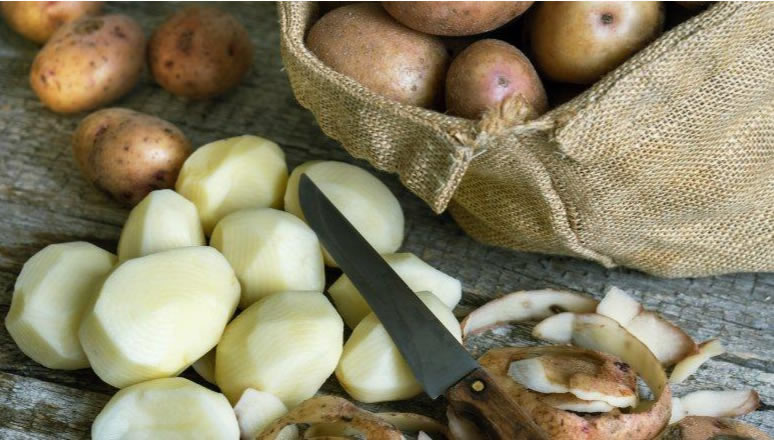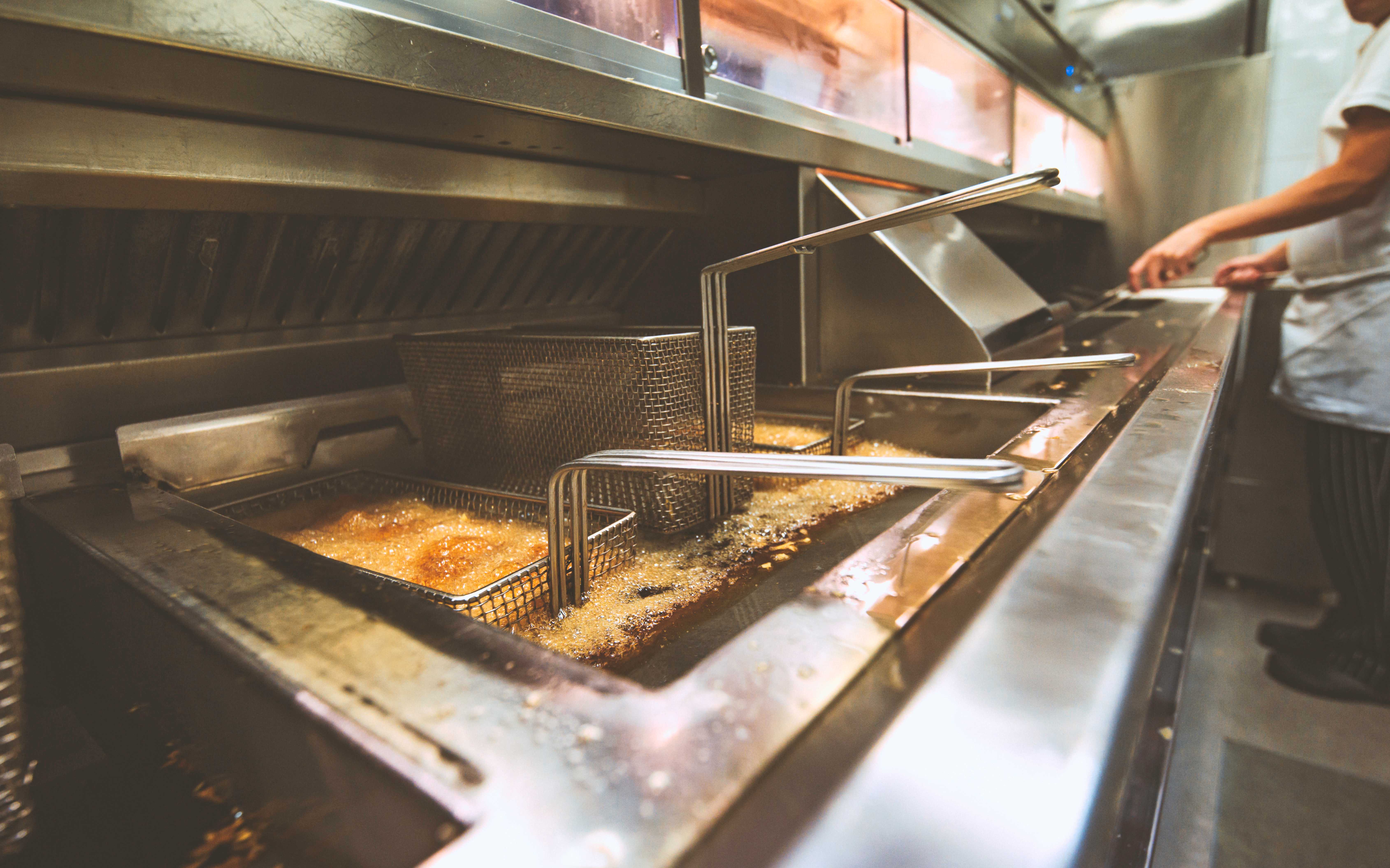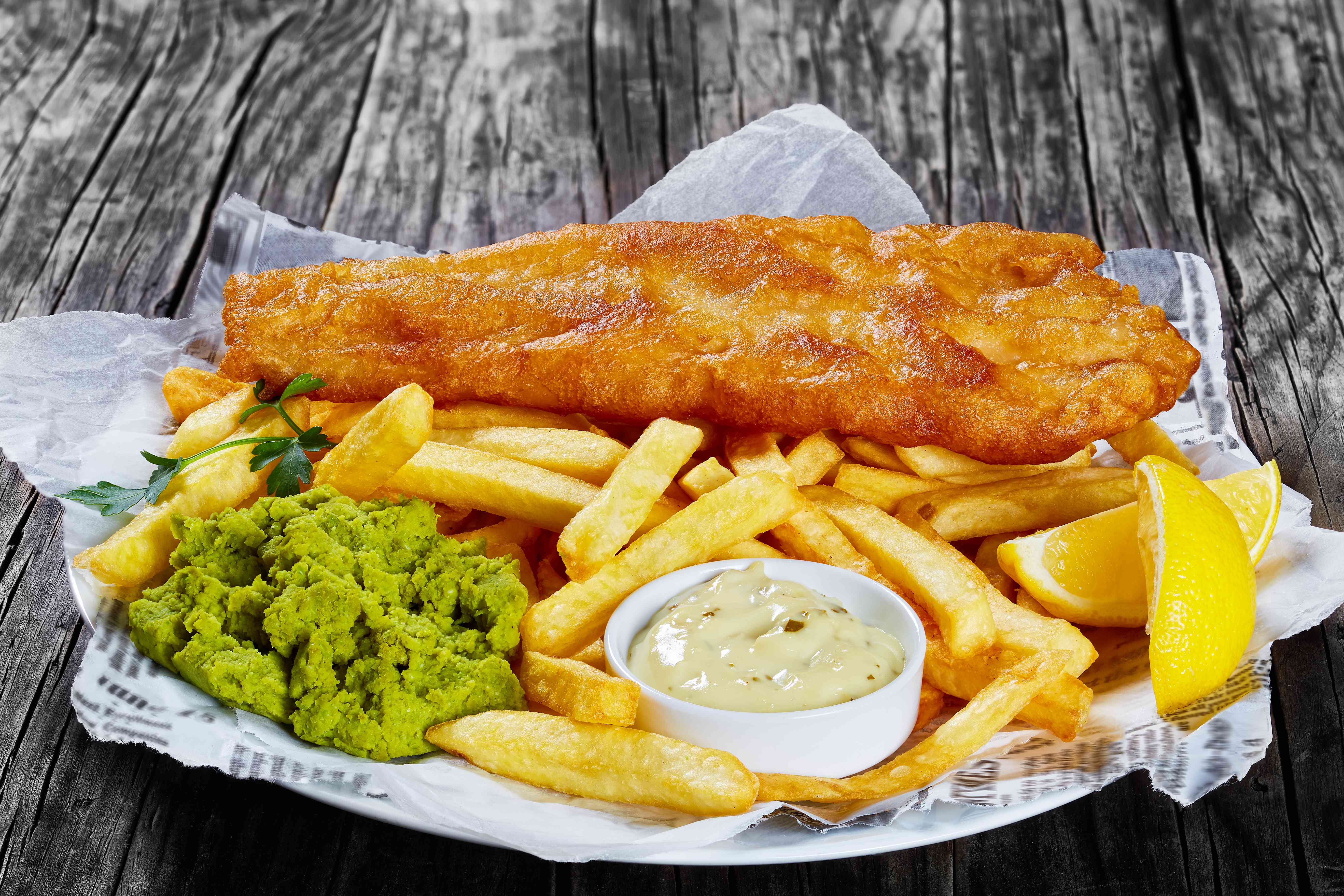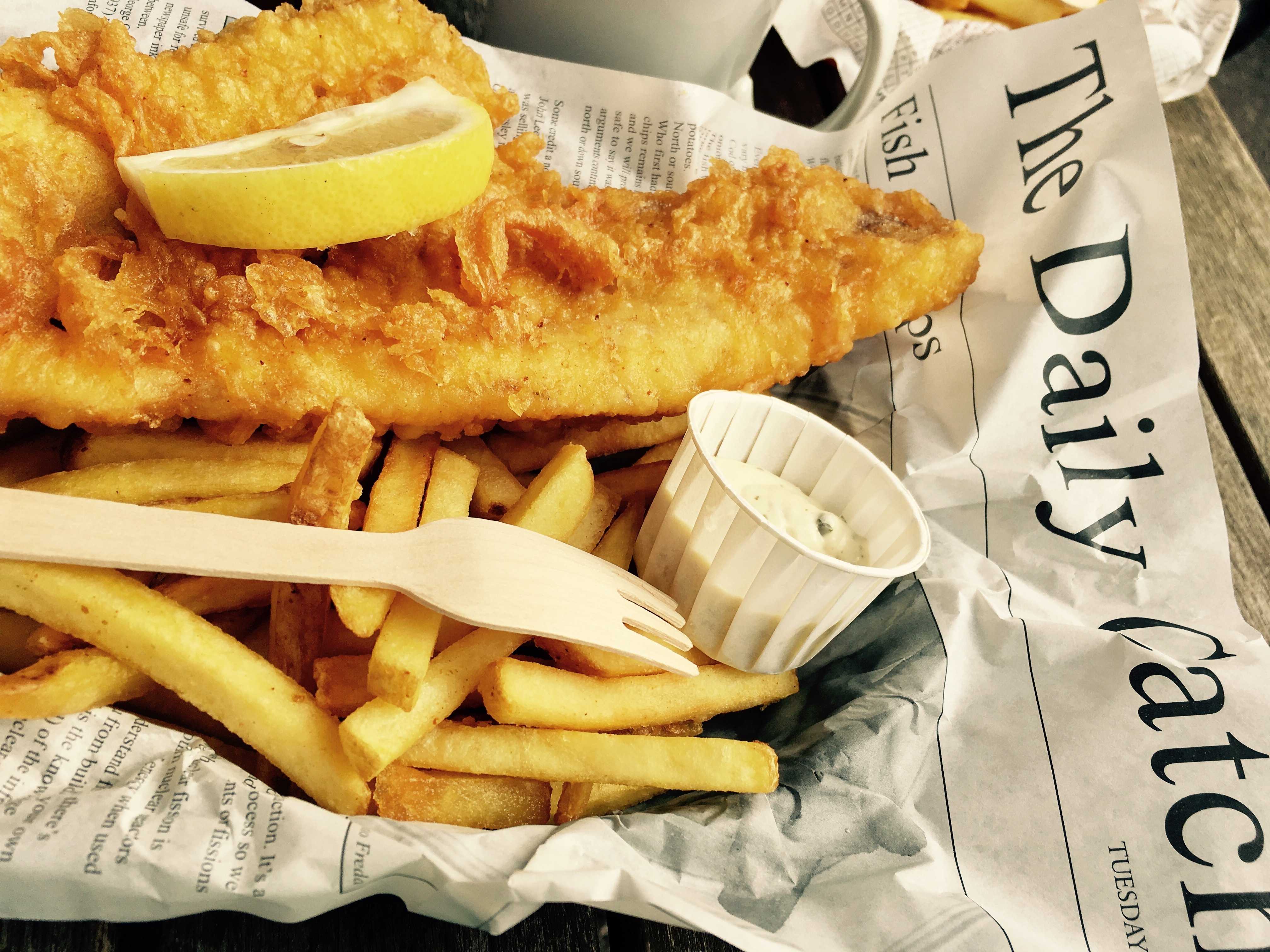If you want to make perfect chips that are crispy and crunchy on the outside and soft and fluffy on the inner, you need a few important things! The first is the best oil for deep frying, as this impacts the flavour and crispiness. The second is to use the best potatoes, one that will hold its shape and cook through to become soft and delicious inside. Here’s a helpful guide for home cooks, chippies, restaurants, and food trucks on the best potatoes to use for chips.
Best Potato Varieties
Did you know that there are over 200 varieties of potatoes in the world? Although they originate from South America, potatoes are a firm part of UK culture, and you can find 80 varieties in stores across the country. But some are best for boiling, others for mashing, and others for frying.
Since we’re talking about deep frying, the best potato varieties for chips are:
- Maris Piper – An all-rounder potato available across the UK, with a fluffy creamy, yellow texture and yellow-brown skin. They store well in the right conditions, are medium to large in size, and work for boiling, frying, mashing, and roasting.
- Kind Edward – This potato grows to a medium-large size, with a light tan skin that has pink blush spots. It has a lovely flavour, is a good all-rounder for chips, roasting, and mash, and is easy to grow at home too.
These 2 varieties are widely found across the UK and work very well for deep frying because they are firm, starchy, and low in sugar.
Other great varieties you can use for making chips include:
- Sante – These closely resemble the Maris Piper, although the skin is more of a light brown and the flesh is yellower in colour. It’s a good all-rounder and is disease resistant, although it’s not as widely available as other varieties. They also tend to not brown as easily when you peel them.
- Rooster – This is a heritage potato variety and is popular in the UK for mashing, chips, and roasting. They have a beautiful red skin and creamy yellow flesh, and they are loved for their earthy flavour.
- Pentland Dell – As a longer, more oval-shaped potato from Scotland and Ireland, this is a great option for getting even chip sizes. They are firm with a white skin and waxy flesh, making great chips with good flavour.
Selecting Potatoes for Chips
When choosing your potatoes for chips, whether you’re at the grocery store or growing your own potatoes, you need to select the right ones. They should be:
- Approximately uniformed in size – So that they cook in the same amount of time
- Have no green spots or sprouts – Although you can cook with green potatoes, you need to trim away these spots or the chips will taste bitter and could make you poorly if eaten in large amounts.
- Feel firm to the touch – As a high moisture content can make the chips mushy, you want potatoes that don’t feel softer or spongy to the touch
Age of the Potato
For the best chips, you should be using a potato that hasn’t been stored for long periods, as this can result in mushy or less flavourful chips. Great chips can be made with newly harvested potatoes, or those that have been harvested and kept cool in a dark, dry space for 2-3 weeks.
A good idea to avoid older ones is to use potatoes that are in season, especially if you are using more unusual varieties. Maris Piper and King Edward are in season during summer through to autumn but are usually available year-round.
Moisture in Potatoes
Oil and water don’t go together well, but it’s just not true when it comes to making chips! In fact, waxy potatoes are varieties that naturally have more water in them, and as a result, they hold their shape well while deep-frying. Floury potatoes, on the other hand, have a lot less water and tend to lose their shape while cooking, making them better suited to mashing.
For chips, the best potatoes have a combination of waxy and floury qualities. King Edwards and Maris Pipers are great examples, combining these qualities so that the outer edges crisp up and hold their shape while the inside of the chip gets creamy and soft.
How Starch Affects Deep Frying
All potatoes have starch, but their levels of starch depend on the variety, the season, and even the weather! Typically a potato is about 18% starch but the colder it gets, the starchier the potato is. In the winter months, you will often see high levels of starch in varieties such as Cabaret and Maris Piper.
Did you know? A potato will naturally produce more starch to keep itself warm!
This can have a real negative effect on your cooked chips and the condition of your oil.
But what does this mean for chips and deep frying?
Well, the starch is what makes the chips nice and crispy, but too much starch is a bad thing. High levels of starch in potatoes can be harmful to your frying medium. Yet with extra care taken you can ensure there’s no decline in the quality of your fried chips.
What Can We Do to Reduce Starch Levels?
When you peel your potatoes, the sticky white starch coats the chips and your fingers in a layer. If you don’t rinse this off, your chips are likely to stick together. And because starch is high in carbohydrates and sugar, they are more likely to go a deep brown or burn.
Once you peel your potatoes, soak them in cool water so that they don’t go brown. Then, cut them into evenly sized batons and rinse them again in cool water, agitating them in a bowl to get rid of the starchy coating.
Rinsing chips after chipping is also crucial to ensure the longevity of your frying medium.
An additional rinse is sometimes required when starch levels are high. Additionally, a “Starch Strainer” within your chip bins can be used to wash off the starch when rinsing.
Tip – Soak in warm water for 5-10 minutes to help draw out any excess starch.
Making Your Deep-fried Chips
While rinsing, start heating your palm oil to 160 degrees Celsius (here’s a useful guide to deep frying temperatures for different foods).
After rinsing, dry your chips off on a kitchen towel to get rid of excess water (any drops of water can cause dangerous splatters and spitting in hot oil).
Cook your chips in the palm oil for about 8 minutes or until they are soft but not yet turning brown. Add them in small batches of one portion size at a time and gently move them in the fryer as they cook so that they don’t stick together.
Remove the chips and place them on a kitchen towel to drain them.
Now heat the oil to 180 degrees Celsius.
Once it’s at the right temperature add your chips back into the palm oil in larger batches. Cook for about 4 minutes on this high heat until golden and crispy.
Remove, drain on a kitchen towel, and enjoy!
If you don’t want to fry your chips twice, you can blanch them instead in boiling water, cooking them until they are nearly cooked through, draining them, drying them, and then adding them to the palm oil at 180 degrees Celsius for 4 minutes.
The Best Potatoes for Chips Need the Best Oil for Deep Frying!
When you’re roasting potatoes or making chips, you need a high-quality oil that will make your potatoes crispy and golden, showing off their distinctive flavour and creamy flesh. Frymax supplies trans-fat-free, certified sustainable palm oil to chippies, restaurants, and the hospitality industry. With superior quality single sourced RSPO palm oil, we’re committed to helping you create a more sustainable, ethical, and healthier world. For more information don’t hesitate to get in contact with the helpful Frymax team.
Become a Frymax member today to gain access to exclusive content, expert frying advice and the chance to enter our fantastic competitions.






